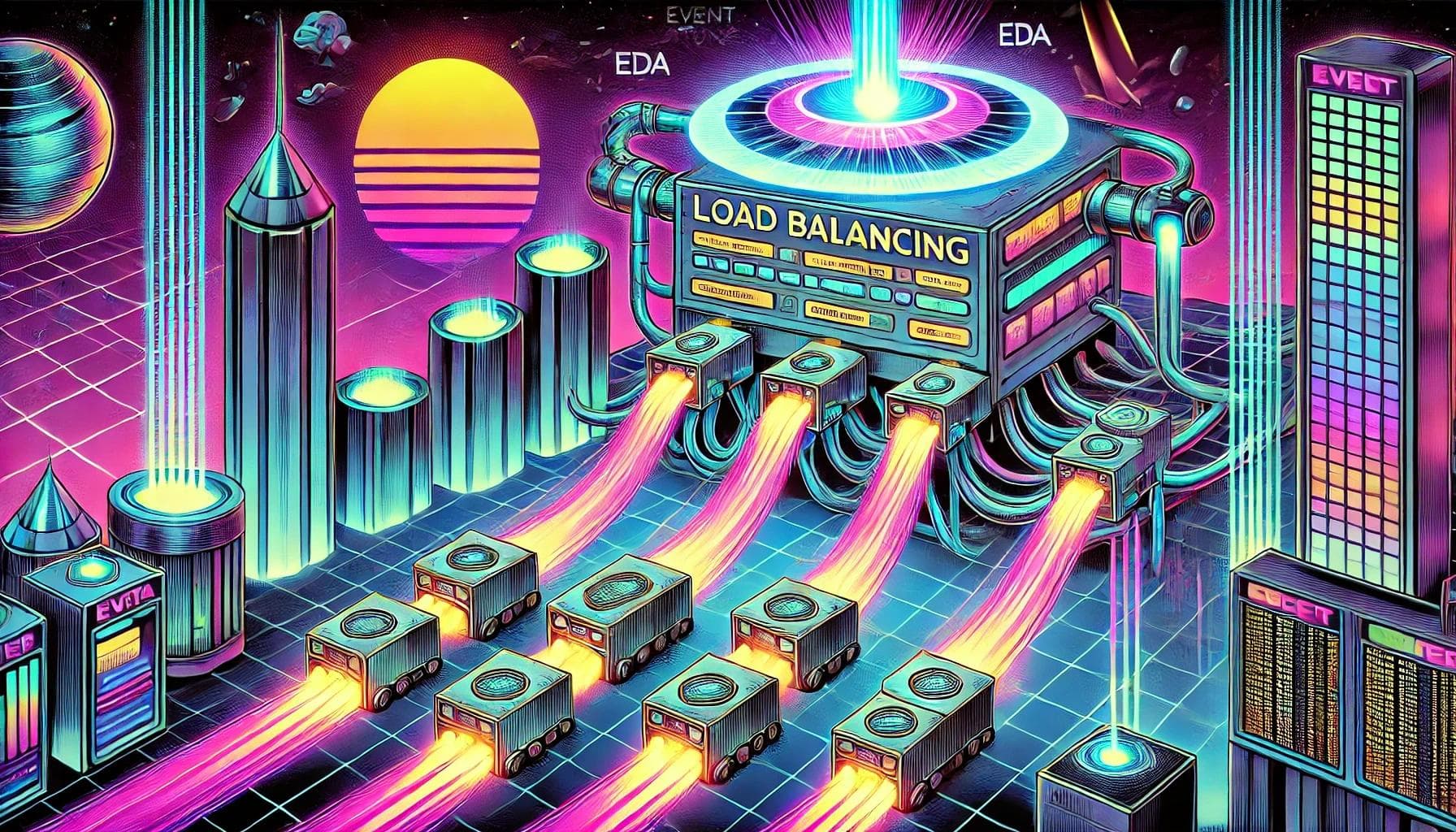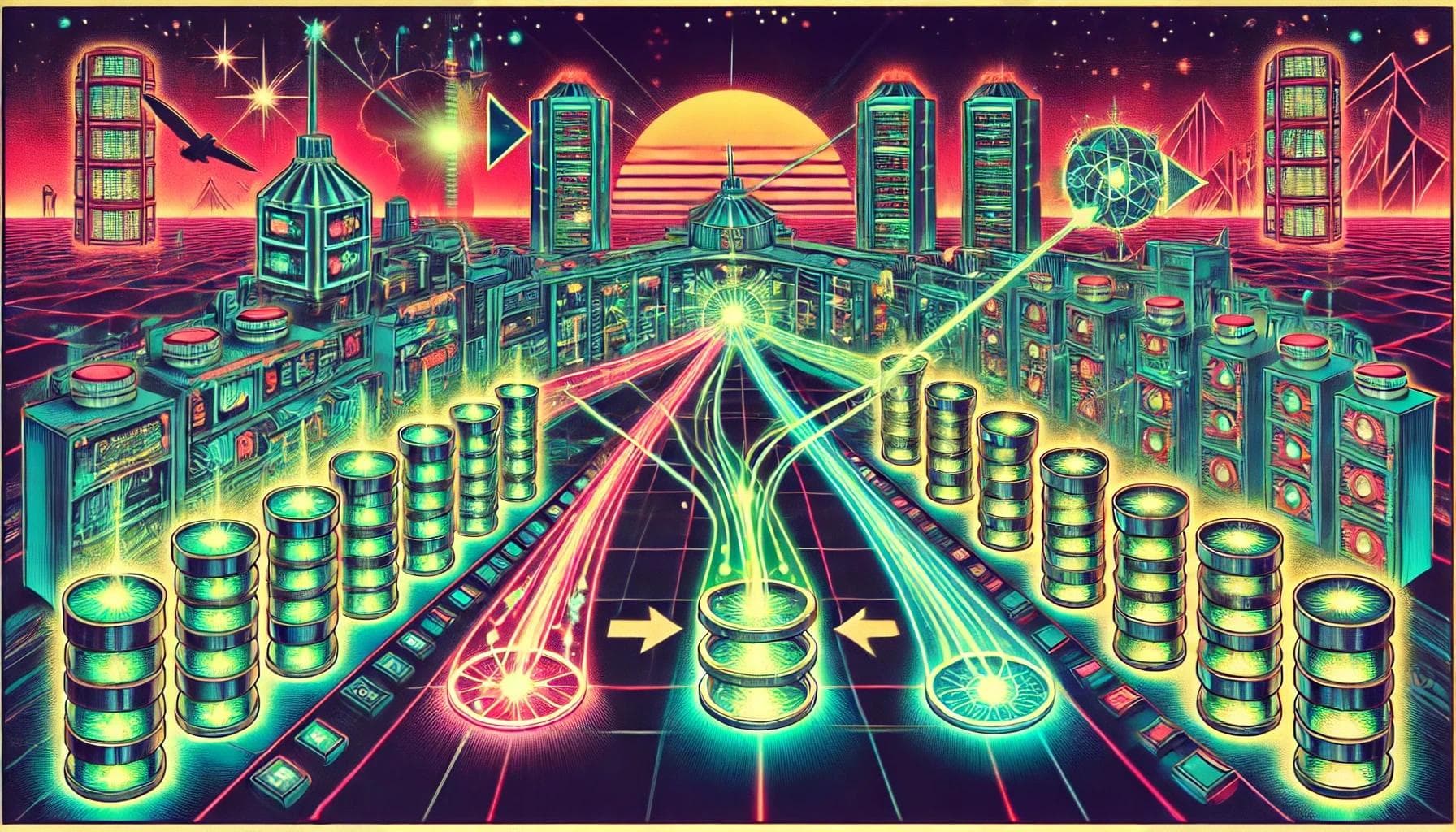Reducing Latency - Event-Driven Architecture Performance optimization
Posted on the 10th of April, 2025

Latency is a complex topic in an Event-Driven Architecture (EDA). In EDA, you want to work asynchronously but fast without jeopardizing the entire experience/flow.
Let's start with the foundation: latency is the time delay between an event being generated and being processed. And in a real-time system, every millisecond counts, so optimizing latency is crucial.
I'll dive into three key strategies to reduce latency in this article.
Let's crack on.
Edge Computing – Bringing Processing Closer
One of the biggest bottlenecks in event processing is sending everything to a central cloud or data centre. Sending everything across the network for processing means extra network round trips. That's where edge computing comes in.
Instead of sending all events across the network for processing, edge nodes (on-prem servers, IoT gateways, or content delivery networks) handle them locally. This eliminates round trips and dramatically reduces response times.
Real-World Example: Autonomous Vehicles
Imagine a self-driving car. It can’t afford to send sensor data to the cloud and wait for a response before braking—it needs to react immediately. That’s why edge computing is crucial for low-latency decisions.
Platforms like Azure IoT Edge already support event-driven processing at the edge, enabling devices to react autonomously to local events.

Why is Edge Computing Important?
By handling data at the edge, systems can provide ultra-low latency responses and reduce bandwidth usage. Overall, edge processing enables immediate event handling and is a growing optimization pattern for latency-critical EDA, especially in IoT scenarios.
For latency-sensitive EDA systems, edge processing can be a game-changer.
Load Balancing – Distributing the Workload
When one consumer handles everything, it quickly becomes a bottleneck. But what if we split the work across multiple consumers? That's precisely what load balancing does.
Say a single consumer takes 100ms to process one event.
Five consumers running in parallel can handle five events in the same 100ms. That's a 5x reduction in processing time!

Competing Consumers – The Secret Sauce
EDA systems use competing consumers, a scalability pattern in which multiple consumers compete for messages from a queue, each processing a share of the load. This pattern is quite useful when dealing with high-volume event streams where a single consumer may be unable to keep up with the event rate or handle the processing workload efficiently.
Real-World Example: Kafka & AWS Kinesis
For example, Kafka and AWS Kinesis allow multiple consumers to join a consumer group, distributing events across them. Each consumer gets a portion of the workload, avoiding overloading a single instance and reducing processing time per event stream.
How Load Balancing Cuts Latency
When a high volume of events arrives, adding more consumer instances prevents single-thread bottlenecks (so events get picked up faster) and handles traffic spikes smoothly (more consumers = better scalability).
A best practice is to work with auto-scaling, meaning that consumers scale up/down based on demand without the need to overprovision.
For best results, design stateless consumers to quickly scale behind a load balancer or in a serverless setup.
Partitioning – Organizing Events for Parallel Processing
Partitioning is all about smart event distribution—ensuring events can be processed in parallel without unnecessary dependencies. Good partitioning allows events to be processed in parallel without heavy cross-communication.

How Does Partitioning Work?
Let’s take Kafka as an example. It partitions event streams by key, meaning:
- Events with different keys (e.g., user ID, device ID) get processed on different partitions.
- Consumers can read independently, processing events faster with minimal cross-talk.
Why is Partitioning Critical for Low Latency?
- Partitioning allows you to maximize parallel processing. Related events go to the same partition (preserving order when needed), while unrelated events go to different partitions and don’t contend with each other. This means consumers can fetch from one partition without being slowed by work on another, ensuring even workload distribution.
Smart Partitioning = Faster Processing
A well-known trick? Align partitions with downstream resources.
For example, if your system writes to a database cluster, partition events by the DB shard key. This ensures each consumer feeds a specific DB shard, avoiding cross-shard delays.
On the other hand, be careful with too many small partitions—too much coordination overhead can slow things down.
In Conclusion
Reducing latency in EDA is all about smart optimizations:
- Use Edge Computing – Process events closer to their source to eliminate network delays.
- Implement Load Balancing – Distribute work across multiple consumers to avoid bottlenecks.
- Optimize Partitioning – Organize events so they can be processed in parallel without contention.
By combining these three strategies, you ensure your EDA system runs at peak efficiency and delivers blazing-fast event processing without delays.
We at Qala are building an Event Gateway called Q-Flow—a cutting-edge solution designed to meet the challenges of real-time scalability head-on. If you're interested in learning more, check out Q-Flow here or feel free to sign up for free. Let’s take your system to the next level together.

